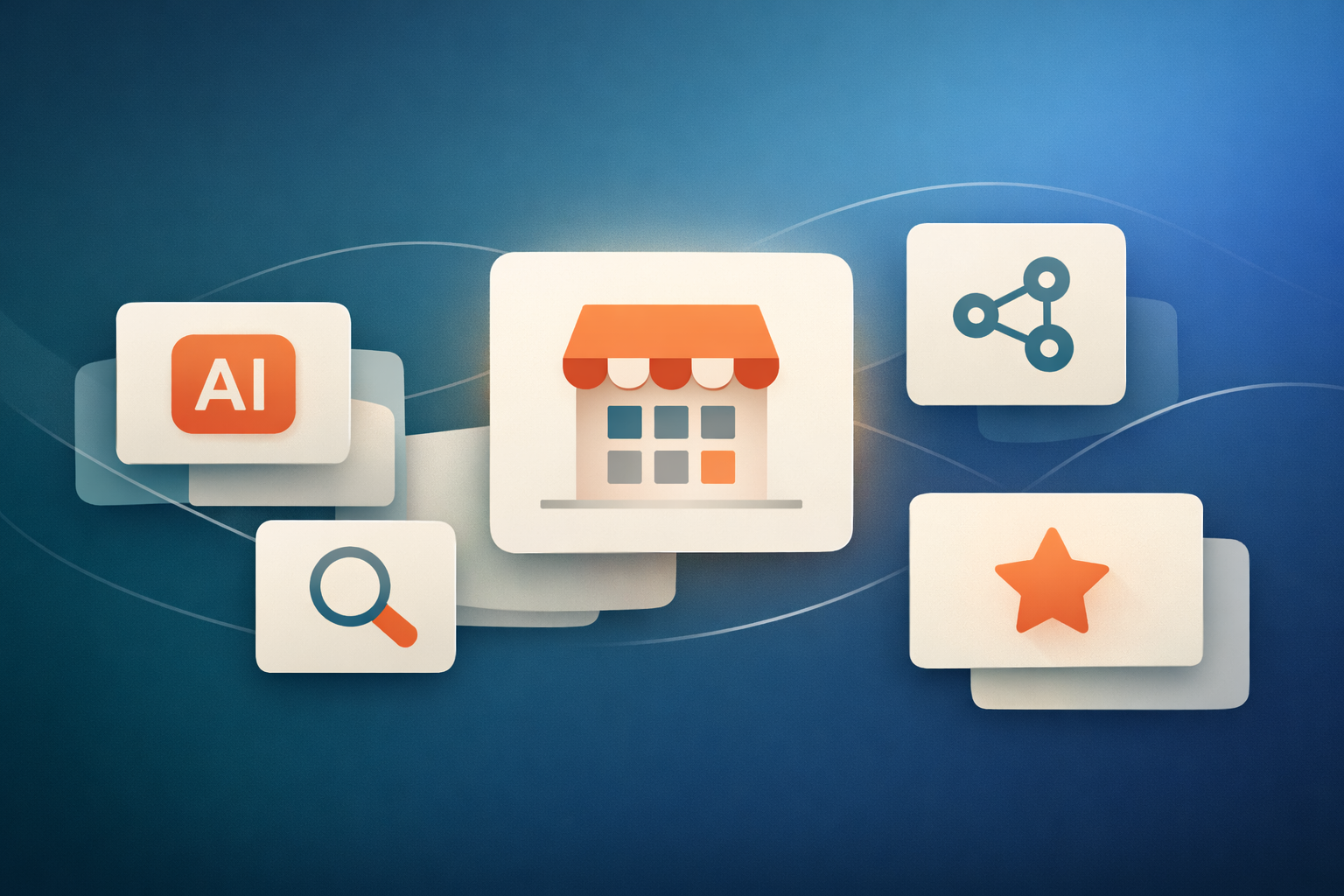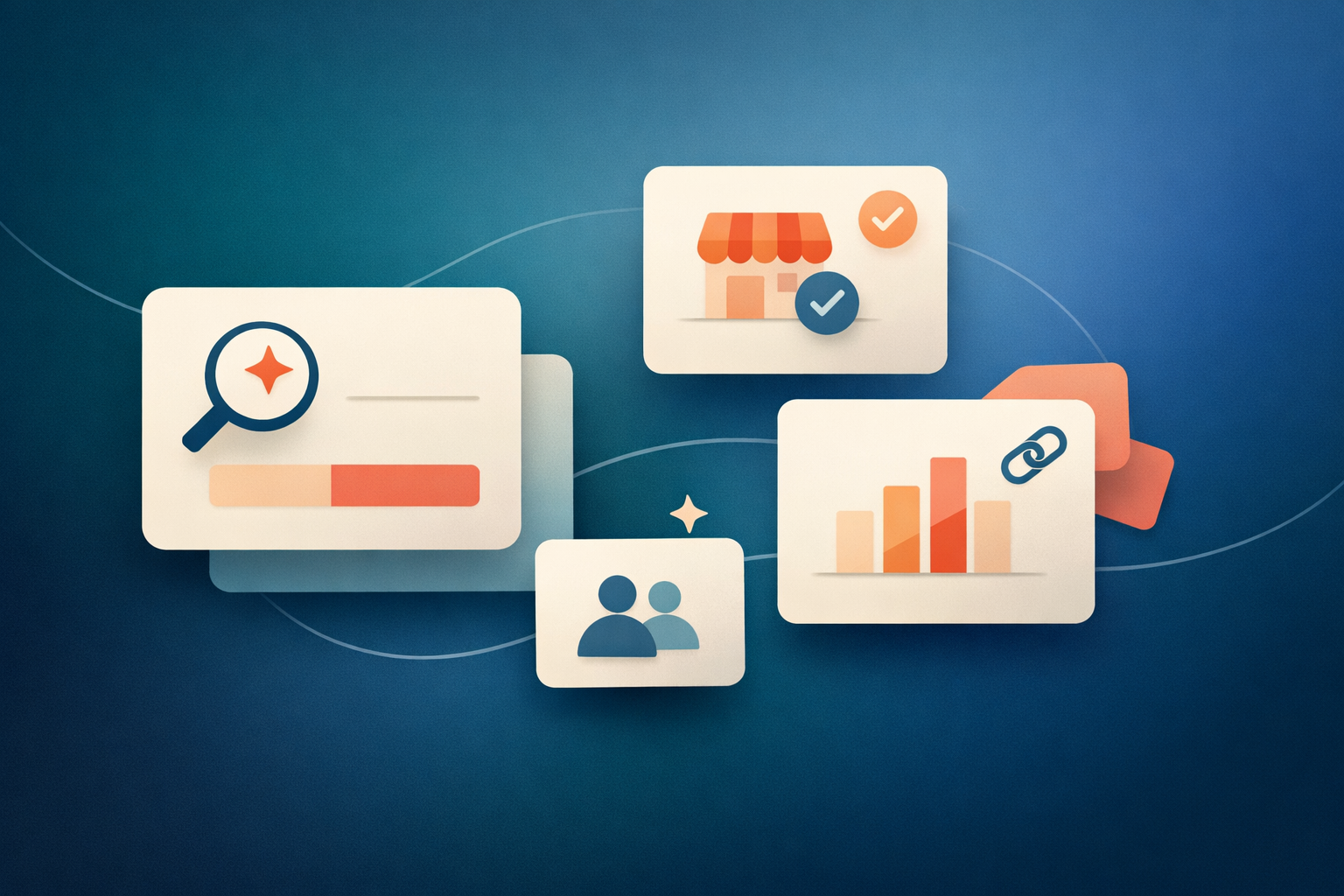Buyer intent as a term is used to describe the collection and analysis of data to help businesses determine where someone is in the online buying process. Marketers, sales teams, and now partnerships teams can use buyer intent to identify:
- If a buyer browsing online needs your product or service
- If the buyer has any intention of actually purchasing yours or a similar product
- How soon they may be interested in buying your product
Buyer intent involves identifying the buying process around your own business, collecting data from various sources, analyzing it, and using the results to set in motion actions to further encourage the purchase.
There are a lot of terms used surrounding buyer intent – buyer intent data (or, simply, intent data), first party, second party, third party intent, buyer intent for sales, buyer intent for marketing, and more.
In this post, we’ll uncover what these terms mean and how you can start to create a buyer intent strategy for your business.
But, what actually is buyer intent?
Put plainly, buyer intent is what a person shopping has the intention to do. Are they just browsing? Do they have a problem they’re looking to solve? Are they doing research before booking a demo or making a purchase?
Buyer intent in a business means recognizing when your potential customers are in a decision-making mode. I.e. ready to purchase.
Intent is often shown in the marketing funnel between consideration and evaluation. There is a point at which a buyer has switched from researching or browsing to actually intending to buy. This is a golden point most businesses recognize as the place when you need to pay more attention to your buyers and offer them more resources, attention, and even outreach:

Buyer intent exists for all customers – whether or not it’s being tracked. The power comes when you can find trends in the actions your buyers take to identify when they are in the “intent” stage.
So how do we find these buyer intent trends in B2B SaaS?
Think about a small boutique clothing store, staffed by the owner. That owner can watch potential customers look in the store's window or venture inside to browse merchandise. They'll naturally get a sense of which customers are likely to buy based on their actions (trying on clothes, excited demeanor, etc.).
When someone shops for software online, it’s impossible to "naturally" determine how likely they are to make a purchase. Without chatting directly to the shopper, sales and marketing teams need other ways to figure out if they’re providing the right solution and information at the right time.
So marketing and sales teams use data to analyze intent signals. These are trackable actions taken by buyers that can reasonably be attributed to an intent to buy.
What is buyer intent data?
Buyer intent data is the information collected and analyzed to determine a potential customer's likelihood of purchasing a product or service. This type of data is crucial in the field of marketing and sales, as it helps businesses understand where a prospect is in the buying journey and how likely they are to convert into a paying customer.
Key characteristics of buyer intent data include:
- Behavioral Insights: How potential customers interact with a business's digital assets. This can include website visits, specific page views (like pricing or product details pages), time spent on site, download of white papers or case studies, engagement with emails, and more.
- Engagement Metrics: How prospects engage with marketing materials. For example, opening or clicking through marketing emails, participating in webinars, or interacting with content on social media can all indicate interest levels.
- Search Patterns: Analyzing search queries that lead users to a business's website or content can reveal intent. Searches for specific products, comparisons, or reviews suggest a deeper interest in purchasing.
- Predictive Analysis: Modern buyer intent tools often use AI and machine learning to predict purchase intent. They analyze patterns and behaviors to forecast which leads are warming up to a buying decision.
- Lead Scoring: Intent data is integral in lead scoring models, where prospects are scored based on their perceived likelihood to purchase. High-scoring leads are often prioritized in sales and marketing strategies.

This data is valuable to sales and marketing teams as it helps them distinguish between general interest and true intent. While many may show interest in a product, only a subset has the intention to buy in the near term. By identifying shoppers with a high likelihood to purchase, sales and marketing teams can prioritize for a higher return on their efforts.
First, second, and third party data
Buyer intent data can be categorized into first, second, and third-party data. We’ll cover the differences in these briefly, as they can vary in relevance, accuracy, cost, and data privacy implications.
First-party buyer intent data
The most common and easily accessible data, first-party buyer intent data is collected by your business through your own channels. Examples of this data include:
- Website analytics, like which products a customer viewed or how long they spent on a particular page
- CRM data like sales interactions, purchase history, and email engagement
- Data collected directly from conversations with your sales team
This data is a great place to start understanding the characteristics of buyers, but is limited to the prospects who are already in your systems.
Second-party buyer intent data
Second-party data is essentially another company's first-party data that you acquire directly from them. Gathering this data will require a relationship and, likely, security considerations. So make sure it’s useful.
For instance, if you sell fitness equipment, partnering with a fitness app company to access their user data could provide insights into potential customers' fitness interests and behaviors.
Most people use second-party data to expand their understanding of potential customers and to find new leads.
Third-party buyer intent data
This data is collected by an external entity that doesn't have a direct relationship with the data subject. It's aggregated from various sources and often broad in scope.
For example, Bombora, G2, ZoomInfo, and even LinkedIn Sales Navigator all have collected data and made it available to purchase. You can use this data to identify new market segments or to find businesses that are in the research phase of the buying cycle but haven’t interacted with your brand yet.
Third-party data offers a broader scope but can be much less accurate or thorough.
In summary, first-party intent data is all about leveraging what you know from your direct interactions with customers, second-party intent data involves strategically partnering to gain deeper insights, and third-party intent data broadens your horizon, tapping into a wider pool of potential leads that were previously off your radar.
Buyer intent for sales
Sales teams use buyer intent data to streamline their process, focusing on leads that exhibit behaviors indicative of a readiness to purchase, thereby increasing the likelihood of successful conversions. This data informs sales strategies, allowing representatives to tailor their pitches and interactions based on the specific interests and engagement level of each prospect. By leveraging buyer intent insights, sales teams can efficiently allocate their time and resources, engaging with the most promising leads at the optimal moment in their decision-making process, thus enhancing overall sales effectiveness.
Buyer intent for marketing
Marketers use buyer intent data to strategically target and personalize their marketing efforts, focusing on prospects who show clear signs of being ready to make a purchase. By analyzing behaviors such as website navigation patterns, content engagement, and product-specific searches, marketers can identify and prioritize leads most likely to convert, thus enhancing the efficiency of their sales funnel. Furthermore, this data enables the creation of tailored messaging and campaigns, ensuring that marketing resources are utilized effectively to address the specific needs and interests of potential buyers at the right stage in their buying journey.
Now, partnerships buyer intent
Partnerships buyer intent is a new concept, but can be extremely useful. The largest source of partnerships buyer intent currently available is on your public partner marketplace (this is available out of the box with Partner Fleet).
Partnerships teams can use marketplace buyer intent as a high-intent indicator to pass through to sales and marketing teams. And current customers browsing a marketplace can be passed as second party data to partners.
But partnerships can take it a step further from sales and marketing intent data, as they can ask for warm intros from partners and create reciprocity by sending data to partners. Plus, it’s a good source for tracking partner-influenced deals, too.
Related post: Use marketplace buyer intent signals to drive and track partner-influenced revenue
What tools can be used for buyer intent?
If you’re looking to get started with buyer intent, or expand your data sources, here are 10 tools you can use for buyer intent.
HubSpot
HubSpot is an all-in-one marketing, sales, and service platform that includes powerful tools for tracking website visitor behavior, lead activity, and email engagement. It uses these insights to score leads and identify those with high purchase intent.
Leadfeeder
Leadfeeder uses website visitor tracking to identify companies that visit your site, even if they don't fill out a form. It integrates with CRMs and provides data on what pages visitors looked at, helping in understanding their intent.
Bombora
Bombora specializes in providing B2B intent data. It collects data from various sources to understand what topics businesses are researching. This information helps in identifying companies that are actively seeking solutions in your industry.
G2
G2 offers a tool that tracks how users interact with software products on its marketplace. It provides insights into what products potential buyers are researching and comparing, indicating their purchase intent.
DiscoverOrg
DiscoverOrg provides a database of high-quality B2B contact and company intelligence, combined with purchase intent data. It helps in identifying prospects that are actively researching products or services in your category.
ZoomInfo
ZoomInfo combines a comprehensive B2B database with technology that tracks intent signals across the web. It identifies companies that are showing interest in products or services similar to yours based on their online activities.
Demandbase
Demandbase is an ABM (Account-Based Marketing) and B2B go-to-market suite. It uses AI and machine learning to analyze web traffic and engagement data, identifying accounts with high buying intent.
Terminus
Terminus is an ABM platform that offers intent data to help target the right accounts. It uses IP address tracking and other data points to identify companies visiting your website and shows their level of engagement.
6sense
6sense leverages AI to process billions of intent signals, helping companies predict where buyers are in their journey. It identifies accounts with high buying propensity and suggests the best time for engagement.
Partner Fleet (beta)
Now, Partner Fleet can offer you visitor identification for your partner marketplace. This data can help you track buyers deep in the evaluation process (who may not have booked a demo yet) and can give you an avenue to involve partners in deals.
Learn how to get buyer intent for your partner marketplace
Want to get intent data from and about your partner marketplace? Partner Fleet offers an out-of-the-box partner marketplace solution with buyer intent data available. To learn more, book a demo with our team. We’ll include a buyer intent demo in the discussion.




